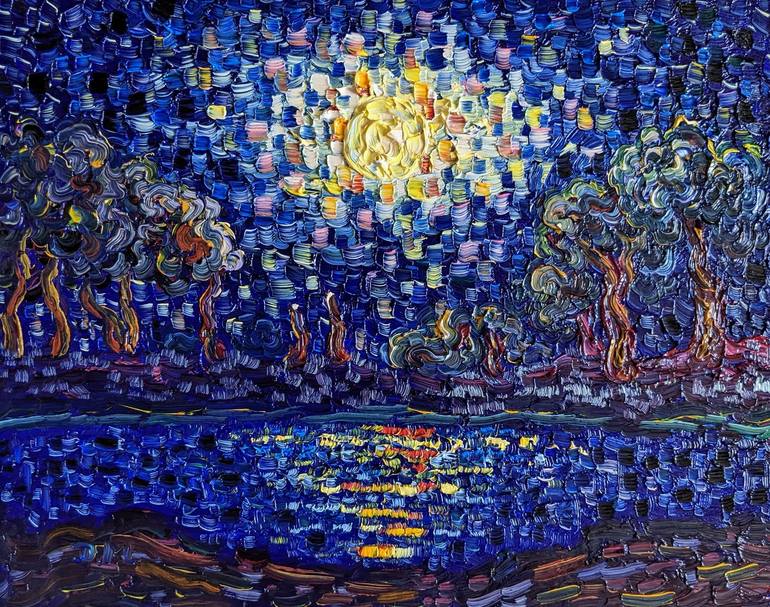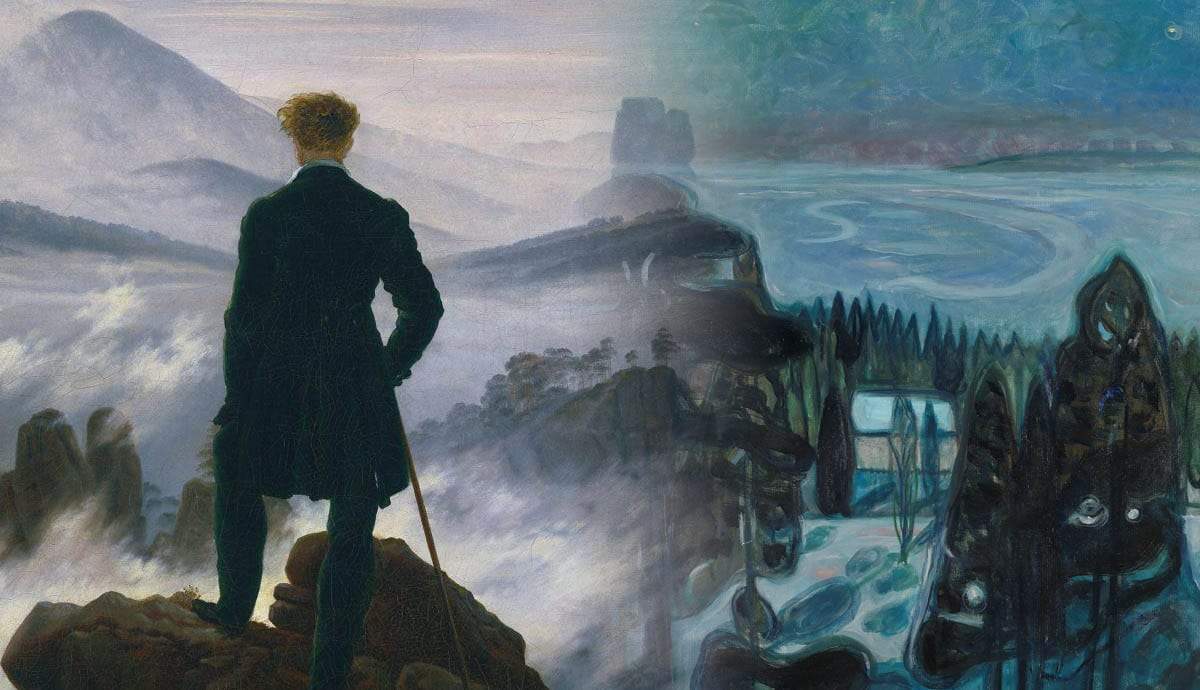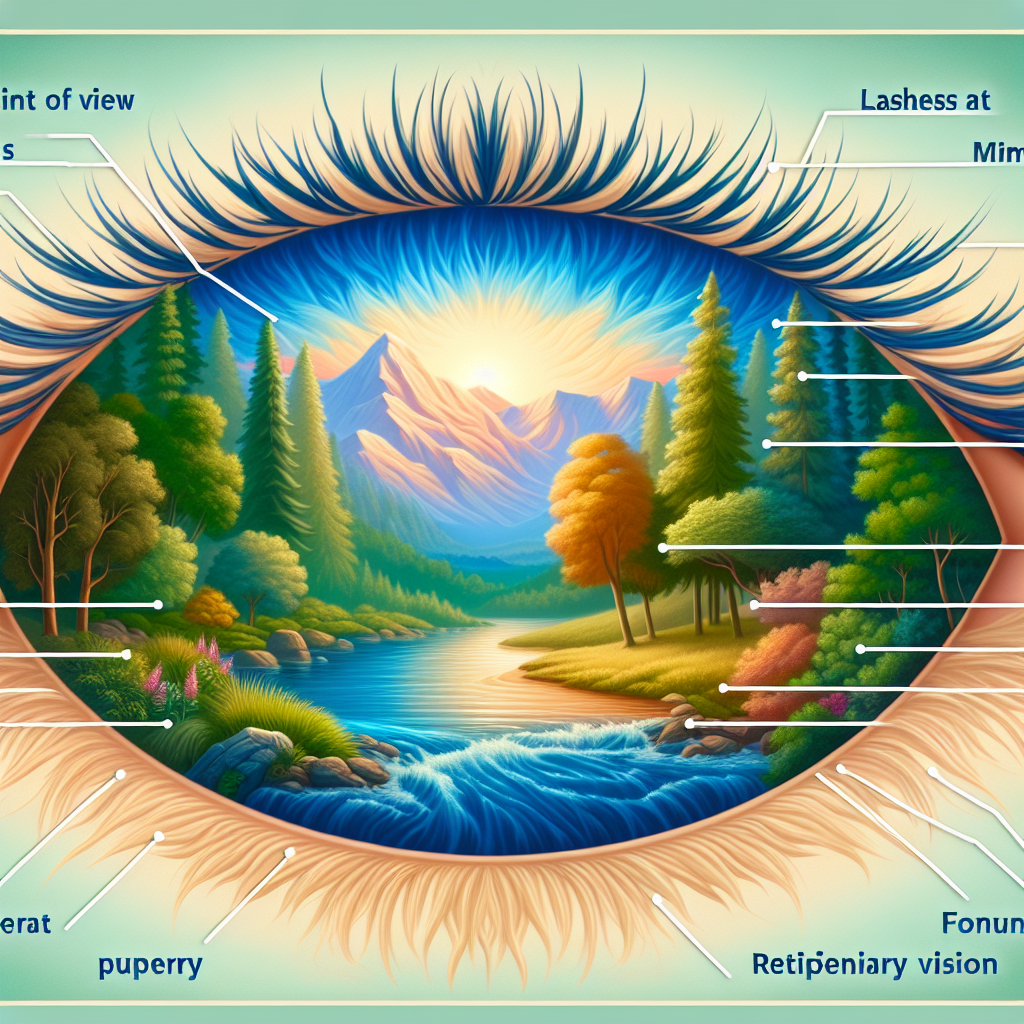Impressionism, a groundbreaking art movement that emerged in the late 19th century, revolutionized the world of landscape painting. Impressionist artists sought to capture the fleeting effects of light and atmosphere, creating vibrant, luminous works that evoke a sense of immediacy and tranquility. This article delves into some of the most iconic masterpieces of Impressionist landscape art, exploring their unique styles, techniques, and the captivating emotions they evoke.
1. Impression, Sunrise by Claude Monet (1872)

Widely regarded as the birth of Impressionism, Impression, Sunrise is a pivotal painting by Claude Monet. Capturing the misty dawn over the port of Le Havre, the work employs soft brushstrokes and muted colors to convey the ephemeral quality of light. The fragmented forms and shimmering water create a sense of movement and atmosphere, inviting viewers to immerse themselves in the fleeting beauty of the moment.
Unique Style and Technique
Monet’s use of broken brushstrokes and a limited color palette in Impression, Sunrise was a departure from traditional methods of painting. This technique, known as “en plein air” or painting outdoors, allowed Monet to capture the changing effects of light and atmosphere in real-time.
The blurred forms and lack of clear outlines in the painting reflect the hazy quality of the early morning light, giving the work its dreamy and ethereal quality. Monet also used a technique called “optical mixing,” where he placed small dabs of pure color next to each other, allowing the viewer’s eye to blend them together and create a luminous effect.
Emotions Evoked
Impression, Sunrise evokes a sense of tranquility and calmness through its muted tones and soft brushstrokes. The misty atmosphere and water reflections add a dreamlike quality to the painting, inviting viewers to escape into the peaceful serenity of the scene.
The fleeting nature of light in the painting also evokes a sense of impermanence and encourages viewers to appreciate the beauty of the moment. Impression, Sunrise captures not just a physical landscape but also the emotions and feelings associated with it, making it a true masterpiece of Impressionist landscape art.
2. Water Lilies and Japanese Bridge by Claude Monet (1899)

Monet’s obsession with nature is evident in his iconic Water Lilies series. Water Lilies and Japanese Bridge depicts the artist’s garden in Giverny, where he spent his later years. The shimmering水面 and vibrant colors of the water lilies create a tranquil and mesmerizing atmosphere. The blurred reflections and ethereal quality of the painting evoke a sense of serenity and contemplation.
Unique Style and Technique
Similar to Impression, Sunrise, Monet used broken brushstrokes and optical mixing techniques to capture the ever-changing effects of light on the water lilies. He also utilized a technique called “allover composition,” where the entire canvas was covered with small brushstrokes, creating a sense of depth and movement within the painting.
Monet’s use of color in Water Lilies and Japanese Bridge is also noteworthy. He experimented with different shades of blues, purples, and greens to give the water lilies a luminous and almost otherworldly appearance. This use of bold and vibrant colors was a defining characteristic of Impressionism.
Emotions Evoked
Water Lilies and Japanese Bridge evokes a sense of tranquility and harmony with nature. The painting transports viewers to Monet’s idyllic garden, where they can immerse themselves in the peaceful and serene surroundings. The blurred reflections and lack of clearly defined forms add an element of mystery, allowing viewers to interpret the painting in their own way.
The use of bold colors and lively brushstrokes also adds a sense of energy and movement to the painting, making it come alive. Water Lilies and Japanese Bridge is a testament to Monet’s mastery of Impressionist techniques and his ability to capture the essence of nature on canvas.
3. Wheatstacks by Claude Monet (1890-1891)
Monet’s series of paintings featuring wheat stacks or haystacks are another notable collection of Impressionist landscape art. These paintings depict the same subject matter but at different times of the day, highlighting the changing effects of light and atmosphere. The muted colors and soft brushstrokes create a peaceful and meditative atmosphere in these works.
Unique Style and Technique
Monet used a similar technique in all of his wheat stacks paintings. He would set up his easel in front of the same subject matter and paint it multiple times throughout the day as the light changed. This allowed him to capture the nuances of light and atmosphere in each painting.
The wheat stacks themselves were painted using a variety of colors, ranging from warm yellows to cool blues, giving them a three-dimensional quality. Monet’s use of broken brushstrokes and optical mixing techniques further enhanced the luminous effect of the paintings.
Emotions Evoked
The wheat stacks paintings evoke a sense of serenity and contemplation through their peaceful landscapes and muted color palettes. The repetition of the subject matter and the ever-changing effects of light and atmosphere convey a sense of time passing, encouraging viewers to appreciate the beauty of the present moment.
The subtle variations in color and texture in each painting also invite viewers to observe closely and discover new elements with each viewing. The wheat stacks series showcases Monet’s mastery of Impressionist techniques and his ability to transform a simple subject into a work of art that evokes a range of emotions.
4. The Red Roofs by Paul Cézanne (1883-1887)

While Monet is often considered the father of Impressionism, other artists also made significant contributions to the movement. One such artist was Paul Cézanne, whose landscape paintings were a departure from Monet’s style but still captured the essence of Impressionism. The Red Roofs is a prime example of Cézanne’s unique interpretation of the landscape.
Unique Style and Technique
Cézanne’s approach to painting landscapes was more structured and geometric than Monet’s. He used blocks of color and strong brushstrokes to create an almost abstract composition. In The Red Roofs, Cézanne uses bold hues of greens, blues, and yellows to depict the roofs and trees, giving them a sculptural quality.
The use of light in The Red Roofs is also noteworthy. Cézanne strategically placed patches of light and shadow on the buildings, adding depth and dimension to the painting. This technique, along with his use of color, creates a sense of solidity and permanence in contrast to the fleeting qualities of Monet’s landscapes.
Emotions Evoked
The Red Roofs evokes a sense of stability and permanence through its bold colors and strong brushstrokes. Unlike Monet’s works, which showcase the beauty of the moment, Cézanne’s paintings invite viewers to reflect on the enduring nature of landscapes.
The geometric forms and abstract quality of The Red Roofs add an element of intrigue and encourage viewers to interpret the painting in their own way. Cézanne’s unique approach to Impressionism challenged traditional methods of landscape painting and paved the way for future artists.
5. Starry Night Over the Rhône by Vincent van Gogh (1888)

Starry Night Over the Rhône is one of the most recognizable and iconic paintings by Vincent van Gogh. Unlike other Impressionist works, Van Gogh’s style was characterized by bold, swirling brushstrokes and vibrant colors. This painting captures the peaceful night sky over the Rhône river, with reflections of stars on the water.
Unique Style and Technique
Van Gogh’s use of bold colors and expressive brushstrokes in Starry Night Over the Rhône is a departure from traditional Impressionist techniques. He used thick layers of paint and visible brushstrokes to create depth and texture in the painting. The exaggerated swirls and movement in the night sky also add an element of drama and emotion to the work.
The use of color in this painting is also unique. Van Gogh used a combination of cool blues and warm yellows to create a contrast between the stillness of the water and the lively energy of the night sky. This technique adds to the dreamlike quality of the painting.
Emotions Evoked
Starry Night Over the Rhône evokes a sense of awe and wonder through its vibrant colors and dynamic composition. Van Gogh’s expressive brushstrokes and use of light and color create a mesmerizing and almost surreal atmosphere in the painting.
The calmness of the water and the energetic movements in the sky also convey a sense of balance and harmony, making this painting a true masterpiece of Impressionist landscape art. Starry Night Over the Rhône showcases Van Gogh’s unique style and his ability to evoke powerful emotions through his art.
6. Garden at Sainte-Adresse by Claude Monet (1867)
Garden at Sainte-Adresse is another notable work by Monet, depicting a seaside resort near Le Havre. Unlike his later works, this painting has a more traditional composition but still showcases his artistic vision and mastery of Impressionist techniques.
Unique Style and Technique
In Garden at Sainte-Adresse, Monet used a more subtle approach to Impressionism, incorporating elements of traditional landscape painting. The composition of the painting is carefully structured, with a clear focal point and distinct foreground and background.
However, Monet’s use of light and color in this painting sets it apart from traditional landscapes. He captured the bright sunlight and shimmering water with loose brushstrokes and a vibrant color palette, giving the painting a sense of vitality and movement.
Emotions Evoked
Garden at Sainte-Adresse evokes a sense of nostalgia and longing through its depiction of an idyllic seaside resort. The warm, golden tones and lively brushstrokes create a cheerful and carefree atmosphere that transports viewers to a simpler time and place.
The sense of depth and perspective in the painting also adds an element of realism and invites viewers to imagine themselves walking through the garden. Garden at Sainte-Adresse is a prime example of Monet’s ability to blend traditional techniques with his unique interpretation of Impressionism.
Conclusion
Impressionist landscape art has left an indelible mark on the world of art. Through their unique styles and techniques, artists like Monet, Van Gogh, and Cézanne captured the beauty and serenity of nature in ways that had never been done before. Their masterpieces continue to inspire and captivate viewers to this day, inviting us to appreciate the fleeting moments of beauty in our everyday lives. Whether it’s through Monet’s dreamy and ethereal landscapes or Van Gogh’s expressive and dynamic paintings, Impressionist art continues to evoke a range of emotions and transport us to a world of serene tranquility.
wfriv.xyz